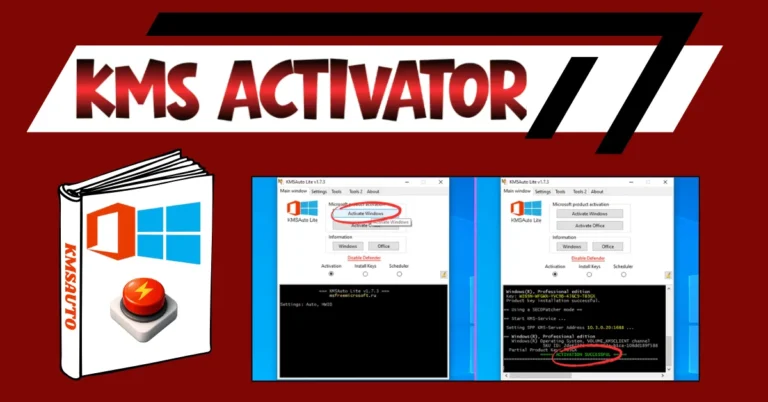| KMSPico |
| Office and Window Activator |
| KMSPico |
| KMS Activators |
| Windows 10 / 8.1 / 8 / 7 (32-bit and 64-bit) |
| Free (unofficial – not licensed by Microsoft) |
| November 07, 2025 |
Windows is on, and so is Office, and everybody knows it. Not everyone is aware that it is also compatible with the latest Windows 11 builds, supports license backup, can run from a flash drive, and will automatically renew its activation every 180 days without prompting.
I will present all the tool’s actual features in this review, as well as those that tend to be out of the spotlight. No myths and empty chatter, no, but rather just facts, a secure official download link of kms, and an explanation of what it is you are actually getting. This will be helpful to newcomers as well as those who are certain about their knowledge of KMSPico.
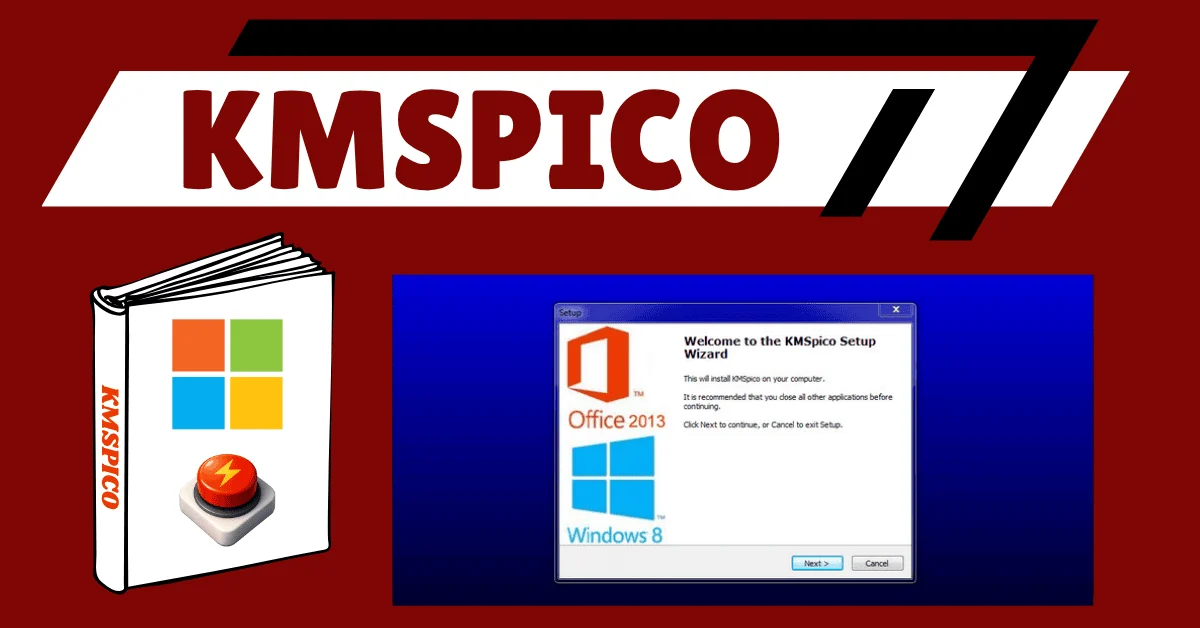
This activator’s gone a long way and proven its effectiveness over the years of use. Today, it’s not just an activation utility, but a multifunctional tool that remains in demand. Let’s explore how it appeared, what it can do now, and who can benefit from it.
History of KMSPico:
The history of KMSPico starts with Microsoft’s introduction of a Key Management Service (KMS) technology in the year 2007. This was an innovation that enabled organizations to boot up Windows and Office products en masse to a local server; thus, doing away with the laborious process of typing the license keys individually on each computer. Windows 7 was one of the earliest systems that could support this method, and this is a significant milestone in the history of Microsoft in terms of the activation model.
In 2012, a development team called TeamDaz developed a software application called KMSPico, which was used to recreate a local KMS server on a personal computer. It was meant to show how the KMS activation can be achieved by communicating with the Microsoft products to check the license.
KMSPico is a C# based programming language, designed to work well with system services and written in a way that allows it to interact with them naturally. This provides the tool with excellent stabilicompatibilityiit,y and compatibility with various versions of Windows and Office.
KMSPico has, over time, received colossal publicity due to its ease and efficiency. It will automatically create a virtual KMS server through which Microsoft products can be checked as to their activation status without touching their system files or manually providing keys. Although it was not the first KMS-based activator, KMSPico was one of the most known and talked about tools in the activation community because of its simplicity, stability, typey, and technical complexity.
Program versions:
Year |
Version |
Key changes and features |
|---|---|---|
| 2012 | 1.0 | First release. Basic KMS emulation. Support for Win 7, Office 2010. |
| 2013 | 2.x | Win 8 and Office 2013 support was added. |
| 2014 | 5.x | The option of background activation without Windows was added. |
| 2015 | 7.x | Win 10 support was added. Automatic renewal every 180 days. |
| 2016 | 8.x | Circumvention of the new WAT mechanism for licence verification. |
| 2017 | 9.x | Backup and restore licence functions were added. |
| 2018 | 10.0 | Office 2016 support. Support for portable launch from a USB drive. |
| 2020 | 10.2 | The option to run in full ‘invisibility’ mode appeared. |
| 2021 | 10.3 | Office 2019 and Windows 10 21H2 support. |
| 2022 | 11.0 | Full compatibility with Windows 11. |
| 2023 | 11.1 | Automatic detection of Windows and Office versions before activation. |
| 2024 | 11.2 | Office 2021 and Windows 11 23H2 support. |
| 2025 | 11.2.1 | Windows 11 24H2 support and Office 2024 |
Program Features:
Backup of Windows and Office Licences With Activator:
The most important backup is creating a backup tokens.txt file that proves that the Windows operating system or Microsoft Office products have been legally activated. The information in this data describes the present status of the licence that enables you to restore the program status without having to re-enter the keys. It is also practical, especially when there is a need to reinstall the system, make some changes, or in other unexpected circumstances, such as when there is a loss of the key code.
When do you need backup?
- Before upgrading Windows edition (e.g., pro-to-enterprise), so that one can roll back in the event of mistakes.
- In reinstating or restoring the system.
- To secure your Microsoft Office licence, should there be a crash in the operating system or a reinstatement.
- Before trying various ways of activation.
- Backup is very simple. You will have to open the menu called Tokens and press the button labeled as Backup, as it appears in the screenshot. A save dialogue box will then appear to save the tokens.txt file. It’s your token file. Keep it safe.
The same procedure is applied when restoring the licence state, except that you have to use the next button, where you are expected to choose the token file.
Changing the Microsoft Product Edition:
The key can be changed to upgrade to another version of Windows, e.g., Home to Enterprise. It comes in handy when the version in use does not allow the activation of KMS. An example can be seen in the Enterprise edition, where the KMS is fully activated as opposed to the Home edition. In this manner, once you change the edition, you may proceed with further complete activation with KMSPico.
Somewhere in KMSpic, or there is a field of Install Key in the Tokens tab. It enables you to type in a new product key and apply it, which alters the Windows or Office edition.
- Tokens tab can be utilized not only in backup/ restore, but also in setting a new key.
- They can be inserted in the Install Key field, such as the key of the version needed (as the Enterprise key).
- Once installed, the system modifies the edition of the key.
- Then you can run the kms-activator in order to activate a new edition.
- To activate KMS, there are special KMS-Client keys that are used to switch editions, and that cannot activate the system alone. They are open and might be easily located on Google by typing in such an example as key Windows 10 Enterprise KMS client.
Activation from a USB Stick in Offline Mode:
KMSPico has been able to select one of its options as being able to run directly off a USB stick. This is to say that you can make Windows or Office work even when you are offline on a computer. All that you have to do is copy the archive containing the activator to a USB stick and run it there. E.g., when you frequently set up PCs on behalf of friends or deal with office computers that are not connected to the network, then it is an ideal solution to run it off a USB stick. Plug it, start it, turn it on, turn it off.
Program screenshots:
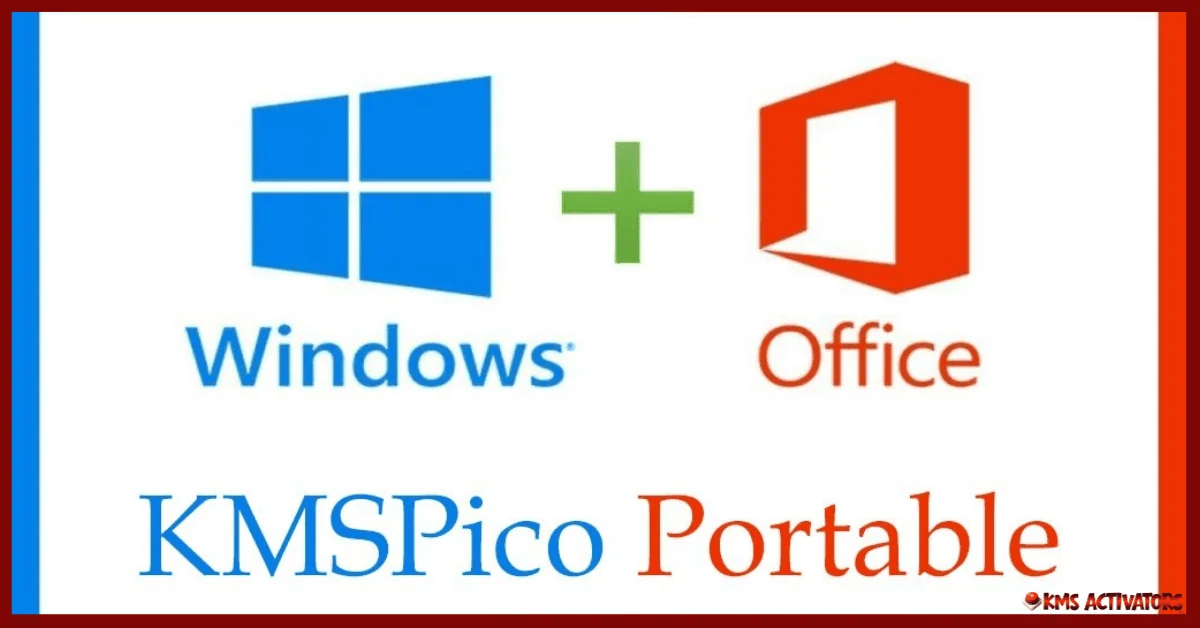
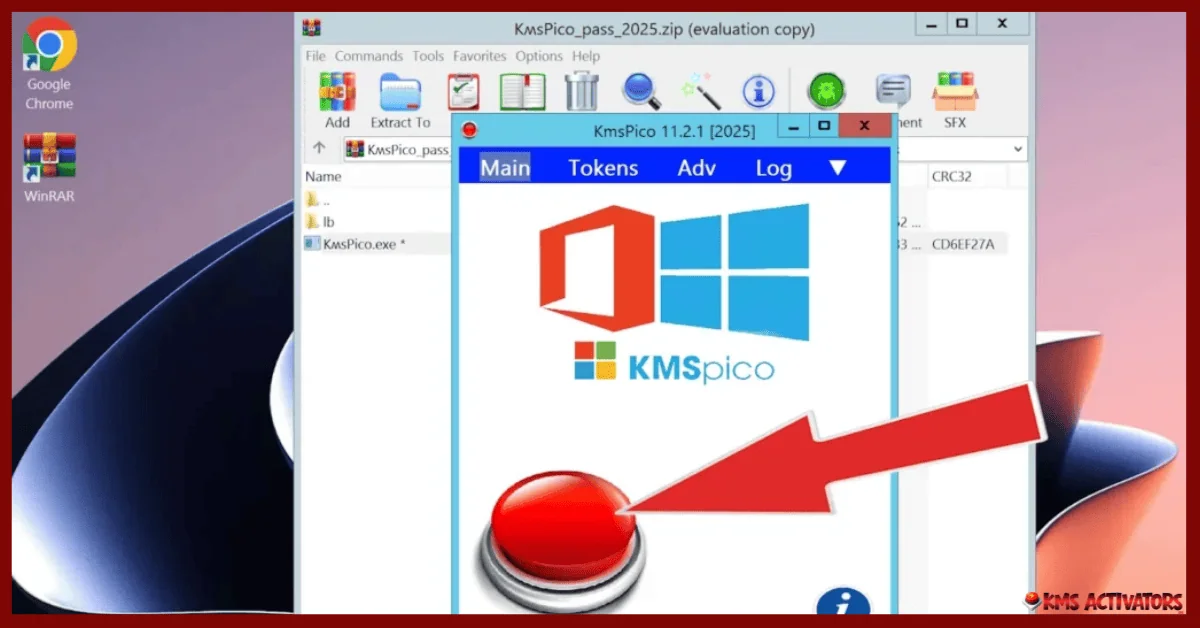
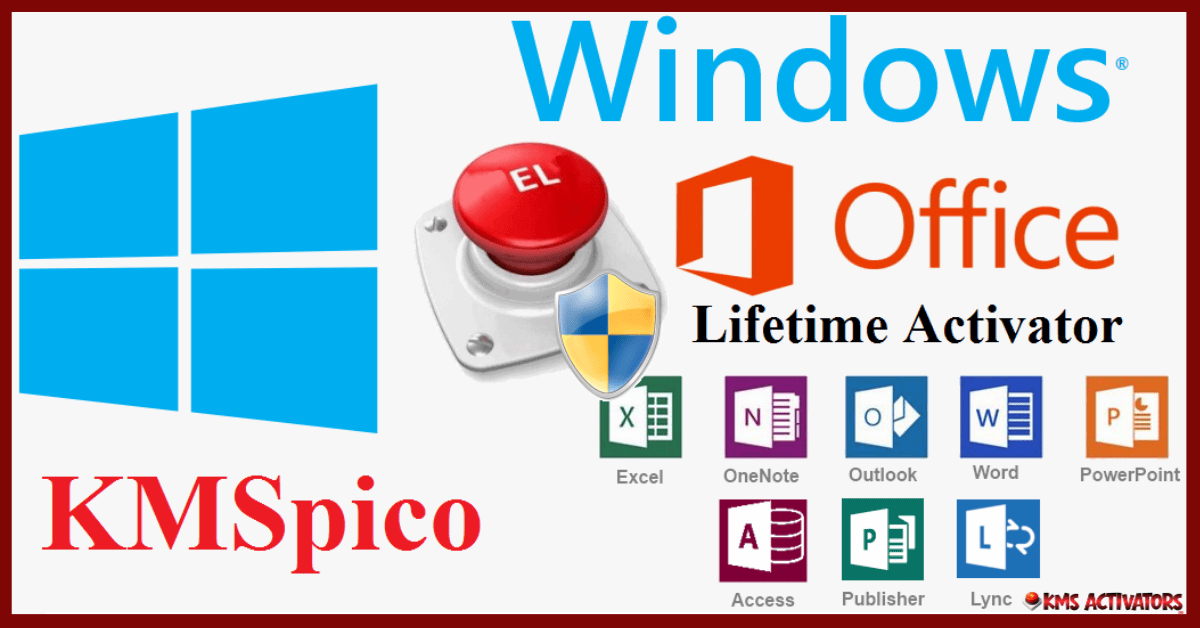
System requirements:
| Category | Details |
|---|---|
| Operating System | Windows 10, 8.1, 8, 7, Vista, XP, Server 2008–2019 |
| System Architecture | Supports both 32-bit (x86) and 64-bit (x64) |
| Hardware Requirements | CPU: 1 GHz+ | RAM: 1–2 GB | Disk Space: 50 MB | Display: 800×600+ |
| Software Requirements | .NET Framework 4.0+, Admin rights, disable antivirus temporarily |
| Recommendations | Update Windows before activation and avoid multiple activators |
Conclusion:
It is still one of the easiest and the most efficient activation solutions in KMSPico in 2026. It does not need any customisation, does not introduce any potentially harmful changes to your system, and can even be compatible with the most recent releases of Windows 11 and Office. The fact that it can work off a USB stick, offline mode, auto-renewable of the licence and key backup, is no longer an activator, but a universal helper. It is only important to know how it works and download kmspico via reliable sources. Then it will be a matter of seconds and will not bring any inconvenience.

